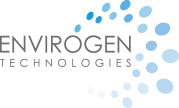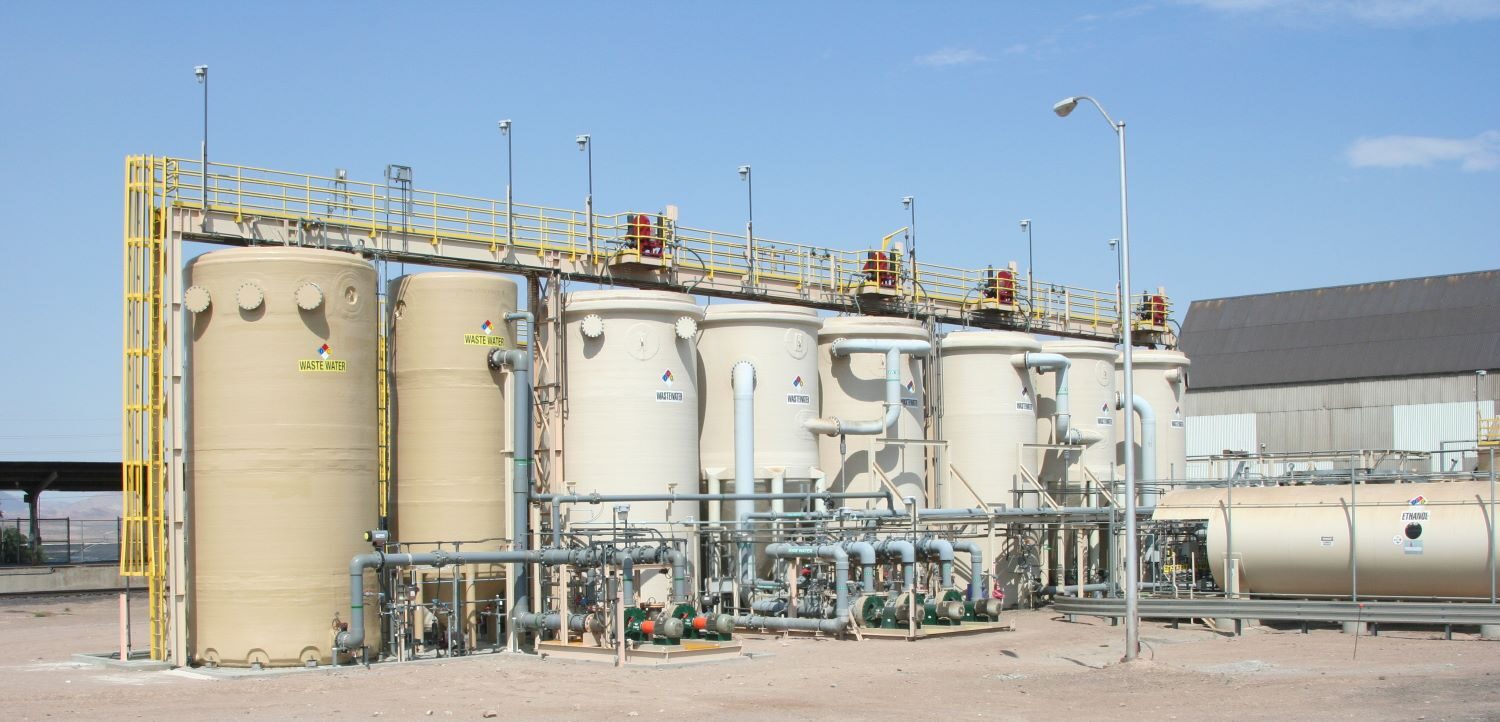New patent assignment further strengthens company’s leadership position in high-efficiency, environmentally sustainable water treatment technology
Envirogen announced today the issue of U.S. Patent #8,323,496 for “Methods for Treatment of Perchlorate Contaminated Water,” for enhanced automated operation of Envirogen’s high-efficiency fluidized bed bioreactor (FBR) systems. The new patent demonstrates the company’s leadership position in fluidized bed reactor technology, as it is the seventh FBR-related U.S. patent awarded to Envirogen over the course of the technology’s development. The previous patents cover methods and systems for backflow reduction, biomass-media separation, two-stage oxygenation and an innovative bed-cleaning system. `
According to Michael M. Stark, Chairman of Envirogen Technologies, this patent award is another example of Envirogen’s continuing leadership in water treatment technology. “Envirogen’s fluidized bed reactor designed systems have gained worldwide recognition as a superior, environment-friendly technology for the treatment of groundwater and industrial wastewater. In the hands of Envirogen’s engineers and process development team, we have been able to extend the performance and the applicability of this sustainable biological treatment technology to new industries and new applications – all the while maintaining its ability to achieve very high levels of contaminant removal and low long-term costs,” he said. “Today we are treating nitrate, perchlorate, selenium, organics and specialty compounds like NDMA, hexavalent chromium, RDX, HMX and more. We are going to continue the advance of this technology in the market,” he added.
The new patent’s abstract states: “The invention provides systems and methods for removing perchlorate from water. The systems comprise reactors comprising biomass for degrading perchlorate, and the operation of the systems can be controlled according to novel logic specifications.”
According to Dr. Todd Webster, Vice-President for Envirogen and a co-author of the patent, this new patent assignment validates the company’s pro-active approach to fluidized bed reactor technology development. “With a host of successful perchlorate-treatment FBR installations already in operation – some of which are handling substantial contaminant loads at high flow rates – the basis of this patent is well-documented,” Webster said. “The FBR is a prime example of Envirogen’s commitment to improve and expand our systems’ performance at every opportunity.”
Envirogen’s FBR is a fixed-film bioreactor in which biological media is suspended, or fluidized, within the reactor vessel by the upward flow of water through the system. The suspended media provides a large surface area for microbial growth and allows a biomass density several times greater than that of other bioreactor designs under similar loading conditions. Microorganisms in the reactor completely destroy influent perchlorate and other targeted contaminants under anoxic conditions, without generating hazardous waste by-products. Over the last 15 years, Envirogen has installed and started up over 60 aerobic and anoxic fluidized bed reactors throughout the United States – advancing the technology with these systems to handle a broad range of organic contaminants, as well as inorganics such as nitrate, perchlorate and selenium. Applications for Envirogen’s fluidized bed bioreactor technology range from groundwater remediation and mining water treatment to nutrient removal in wastewater and potable water production.
Among the Envirogen installations currently utilizing the FBR to treat perchlorate-laden water are a major industrial groundwater remediation site in Nevada, and West Valley Water District, where the Envirogen FBR system produces municipal drinking water from perchlorate-contaminated groundwater at the city’s wells. The company has also recently announced the initiation of a fluidized bed reactor pilot study for perchlorate removal at a former industrial site in Israel. The California FBR system is utilizing the specific patented process.
According to Webster, Envirogen is the world leader in biological liquid-phase fluidized bed reactor technology. The advancements in fluidized bed reactor technology that have been made have resulted in dramatically improved performance, control, reliability, and system lifecycle costs. This new patent points the way to greater market presence and further advances for FBR technology. “Our team has been dedicated to the development and improvement of this technology since its infancy,” he said. Envirogen’s FBR has become recognized worldwide as the best available technology for applications requiring treatment of perchlorate, chlorate, selenate and chromate to very low limits. This latest patented improvement provides automated feed forward and feed back control of electron donor that results in consistent performance and reliability for critical applications. With the superior performance and low lifecycle costs that FBRs offer, we are seeing growing applicability for removal of other key organic contaminants and new markets. It’s a truly remarkable technology, offering superior process stability and versatility at a low operating cost under the most challenging conditions.” Webster concluded.
How does a fluidized bed reactor work? An overview of Envirogen’s patented FBR treatment process/fluidized bed reactor design. (US Patents: 6706521, 5750028, 5788842, 7754159, 7611890, 7572626, 8323496, 6830922).

